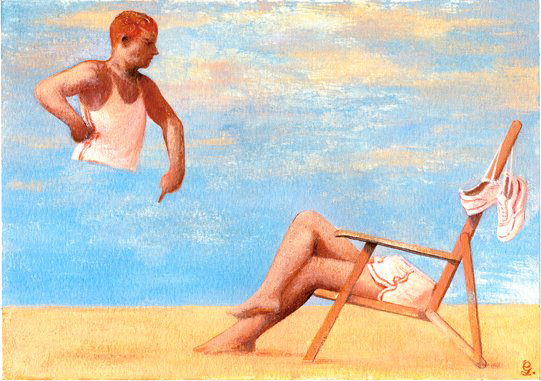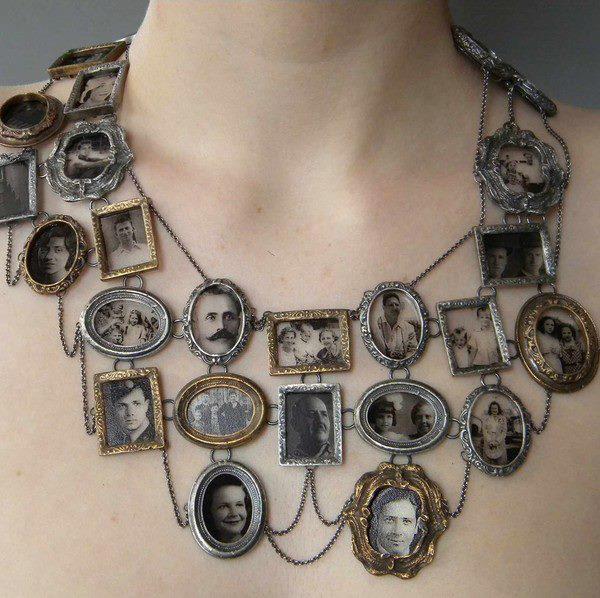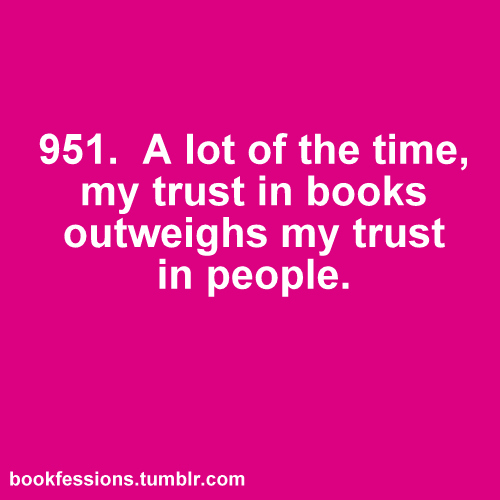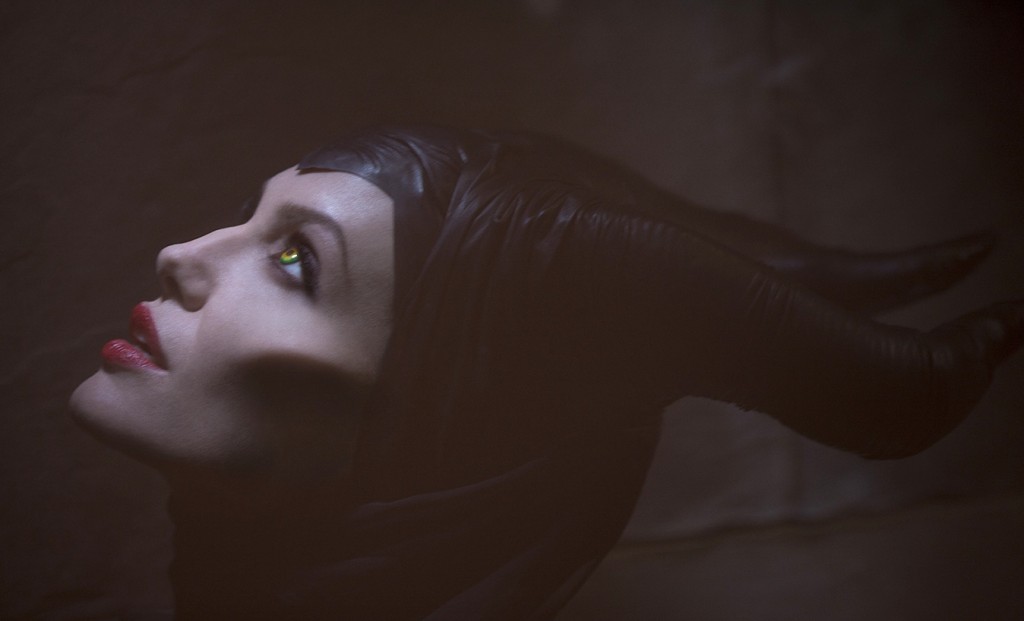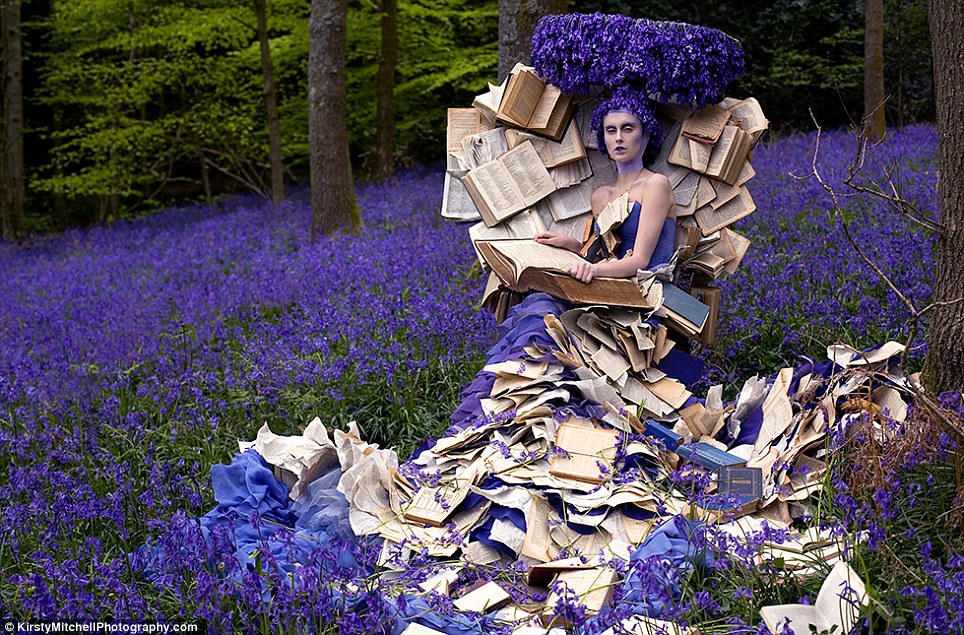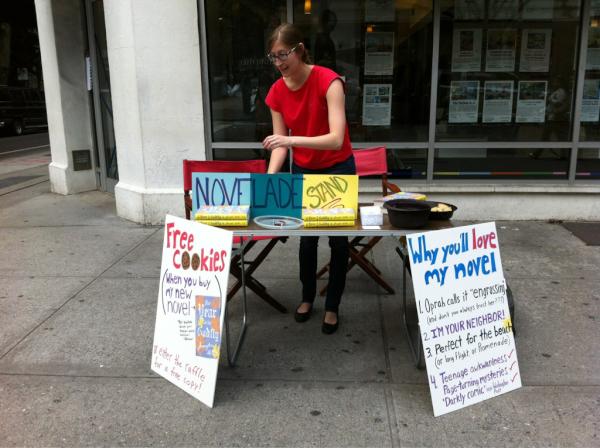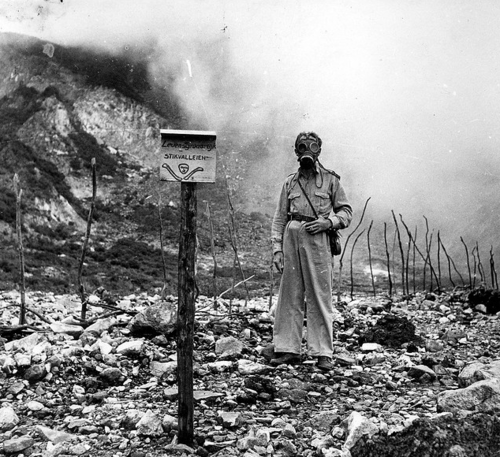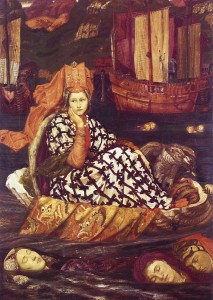 Here are some shiny things that caught my eye recently:
Here are some shiny things that caught my eye recently:
♦ The summer solstice (the longest day of the year) was last week, and in celebration Irene Gallo rounded up a collection of paintings her artist friends “thought best represented the season [of summer].” Picturing Summer is a fine collection, but here by far is my favorite, Summer by Gérard Dubois—so playful!
♦ I love this take on the family tree (via Theodora Goss on Facebook). Also, this would make a great story prompt.
♦ Book Nook.
According to this online test, I read 544 words per minute (I also answered all the follow-up reading-comprehension questions accurately—yay, me!), which is 118% faster than the national reading average but still isn’t as high on the scale as the average college professor. Dang. (Via)
This past week AlphaBooks, an alphabetical tumblr exploration of fictional characters curated by Ben Towle, has moved to the E’s. So far my favorite is Eeyore by Leah Palmer Preiss (I really like how she integrates the text of the book into her illustrations).
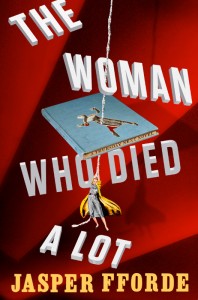 How terrible is it to confess that I don’t love Jasper Fforde‘s Thursday Next series? Yes, I love the premise (what bibliophile wouldn’t?), but after finishing The Eyre Affair a few years ago, I really wasn’t blown away. However, I do love the cover for Fforde’s upcoming Thursday Next novel, The Woman Who Died A Lot, by Thomas Allen, whose work is always spot on for me. Click the image to see it larger, and check out Allen’s original composite photographs here.
How terrible is it to confess that I don’t love Jasper Fforde‘s Thursday Next series? Yes, I love the premise (what bibliophile wouldn’t?), but after finishing The Eyre Affair a few years ago, I really wasn’t blown away. However, I do love the cover for Fforde’s upcoming Thursday Next novel, The Woman Who Died A Lot, by Thomas Allen, whose work is always spot on for me. Click the image to see it larger, and check out Allen’s original composite photographs here.
Thanks to Molly for sending me the link to this New Yorker article from late May, The First Church of Marilynne Robinson. Author Mark O’Connell’s rumination on Robinson’s writing is a great read (Robinson’s first novel, Housekeeping, is one of my all-time favorite books).
Ursula K. Le Guin presented a thoughtful and provocative hypothesis about the Litfic/Genre divide. Here are some excerpts from that hypothesis:
Literature is the extant body of written art. All novels belong to it.
The value judgment concealed in distinguishing one novel as literature and another as genre vanishes with the distinction.
Genres exist, forms and types and kinds of fiction exist and need to be understood: but no genre is inherently, categorically superior or inferior.
Of course every reader will prefer certain genres and be bored or repelled by others. But anybody who claims that one genre is categorically superior to all others must be ready and able to defend their prejudice. And that involves knowing what the “inferior” genres actually consist of, their nature and their forms of excellence. It involves reading them.
I’ve mentioned Bookfessions here before, and, after a dormant period, that tumblr’s back with a vengeance. Here are two recent bookfessions that may be my own:
BookRiot offered the top 10 literary quotes from The Simpsons, which are still pretty funny just reading them. I would have liked to have seen some of the quotes from the episode with the comic-book writers/artists Alan Moore, Art Spiegelman, and Daniel Clowes (I guess the gags are a lot more visual in this episode), but these are fun.
♦ Finnish photographer Christoffer Relander does something pretty amazing with his multi-exposure portraits. Below are two that really knock me out (click to see larger images), though do check out his webpage for more of his work (via).
♦ i09 had another great week of articles I just had to read:
When arsenic peppermints poisoned nearly 200 people in a single night
Love activates the same region in the brain as drug addiction
Some women may perceive millions more colors than the rest of us
The science of being scared to death
Gruesome injuries recreated with candy and ice cream are pure nightmare fuel
And now, a dolphin with an octopus stuck to its naughty bits
Our new favorite online community: a place for finding forgotten books. I’ve seen articles about What Was that Book? in several places recently, though the LJ’s actually been around since 2006. What a cool—and useful—idea!
♦ Last week saw the release of the first official picture of Angelina Jolie as Maleficent in the upcoming Disney film (to be released in 2014). Once Upon a Blog has several behind-the-scenes photos which suggest that the horns might not be a headdress.
♦ I think I’m in love with Kirsty Mitchell‘s work. In her Wonderland series, she photographs fairy-tale images that are barely retouched—pretty much everything you see in the image was there at the shoot. Below is one of my favorite images (it was difficult to choose!), which I love because of the intense color but also, of course, because of the books! Click Mitchell’s name above to see more of her work, or check out the gallery at io9.
♦ Writers’ Corner.
For the fantasy writers: N.K. Jemison asks, Why does magic need so many rules? I think her assessment that clear, set rules for magic became more important because of Dungeons and Dragons is spot on.
Chuck Wendig lays down 25 things you should know about writing fantasy. He also offered an Ode to the Editor.
Jodi Chromey at BookRiot has a problem with 500-page books, as do I. When I was young, I used to love reading big, fat novels and I loved reading big, fat novel series. I wanted to write big, fat novels and big, fat novel series. My short stories were always too long. But at some point, ten or fifteen years ago, I stopped reading novel series (for the most part), and I grew less interested in reading ginormous novels and bought fewer and fewer (certain authors, naturally, are always an exception to this “rule”). Now I’m much more interested in reading and writing shorter forms—poetry, short stories, novellas—which is a curious turnaround for me. I don’t know how any of this happened, a little mystery as it were.
This is what creative book promotion looks like, according to BookRiot—and I think they’re right. I love this kind of DIY stuff.
MaryLu Tyndall offers some tips for using setting as character. Despite the subtitle of the article indicating these suggestions are for novelists, I think these tips also work, to different degrees, for short stories. In another post, Janice Hardy talks about in Worldbuilding for Short Stories.
I thought this Rumpus interview with novelist Leni Zumas was fascinating. Zumas had some interesting things to say about the novel.
Speaking of novels, I enjoyed Jack Graham’s description of a novel as an engineering project.
Hanna Brooks Olsen talks about why she’d rather be unpublished than considered beach reading. Would you?
Elizabeth Spann Craig talks about why she prefers social media promotion to the in-person variety (I’m with her—I’m never comfortable with crowds and it always feels so awkward).
When someone asked him on his tumblr how he wrote so many good sentences, Neil Gaiman gave this response:
Honestly, good sentences are things that are a byproduct of writing a story. You write a novel and on the way you try and figure out how to say what you need to, and sometimes good sentences get made, and you keep going.
(You never want to write a line that’s so perfect or arresting that it actually jerks people out of the book. A novel isn’t a poem or a song.)
♦ This is pretty cool—The Solar Annual Report 2011 of Austria Solar:
♦ I was tickled by this live-action version of the opening sequence to Futurama (via):
♦ I’m absolutely loving this song by Andy Hull (via):
♦ When I first saw this image, I thought this figure was a woman in a long dress. I think I’m a little disappointed it’s not.

